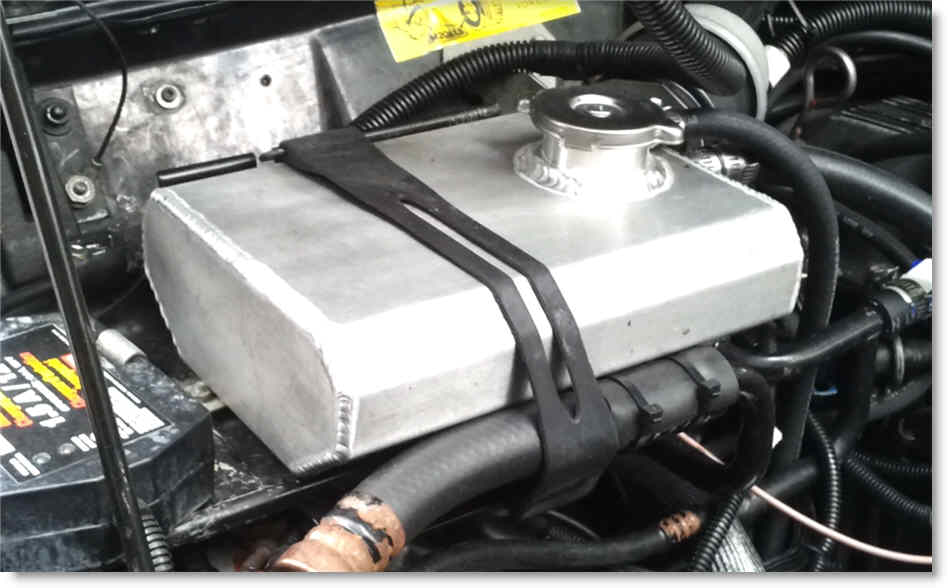Ignoring the other data, overheating at idle, and running cool while driving at a decent speed, say 30-60 mph, is usually a sign of a bad fan clutch!!!
It tends to say the radiator and pump are OK, so I am a bit puzzled now because of the idle temp data you posted, makes me suspect some kind of error in the IR measured data?
But its getting hot at idle, and cold drivers side radiator and no E-fan turning on makes me think there is a flow problem. If you have plastic tanks your radiator temp data may be no good.
Lets suspect a bad fan clutch for now and maybe a bad E-fan temp switch as the next targets!!!
I gave up on the E-fan temp switchs (bad location, late response, and it gets worse as the cooling system gets older, and HO 91 jeeps gave up on them too, went to a T-stat temp trigger....) and I went to a toggle switch, winter/summer manual selection, on mine.
I think you solved part of the problem with the new T-stat!!!!!









